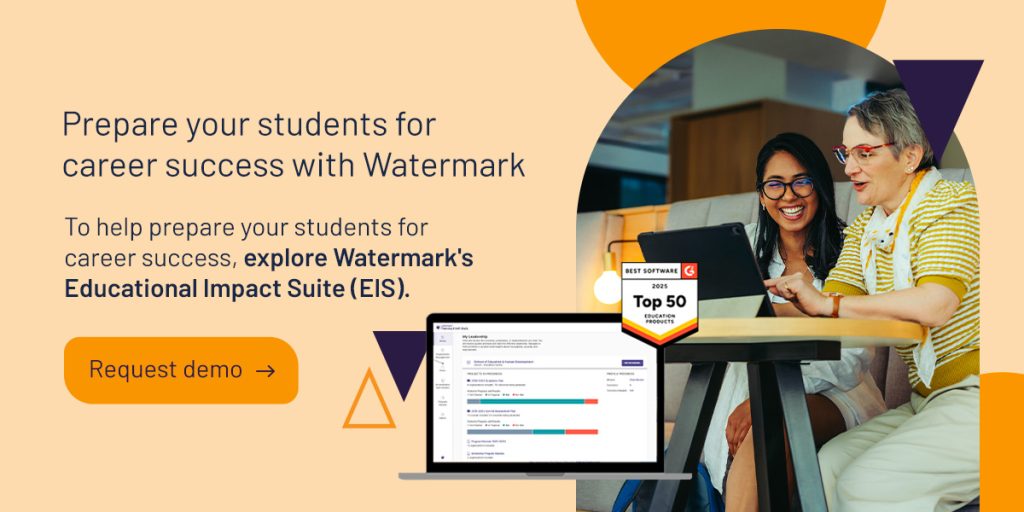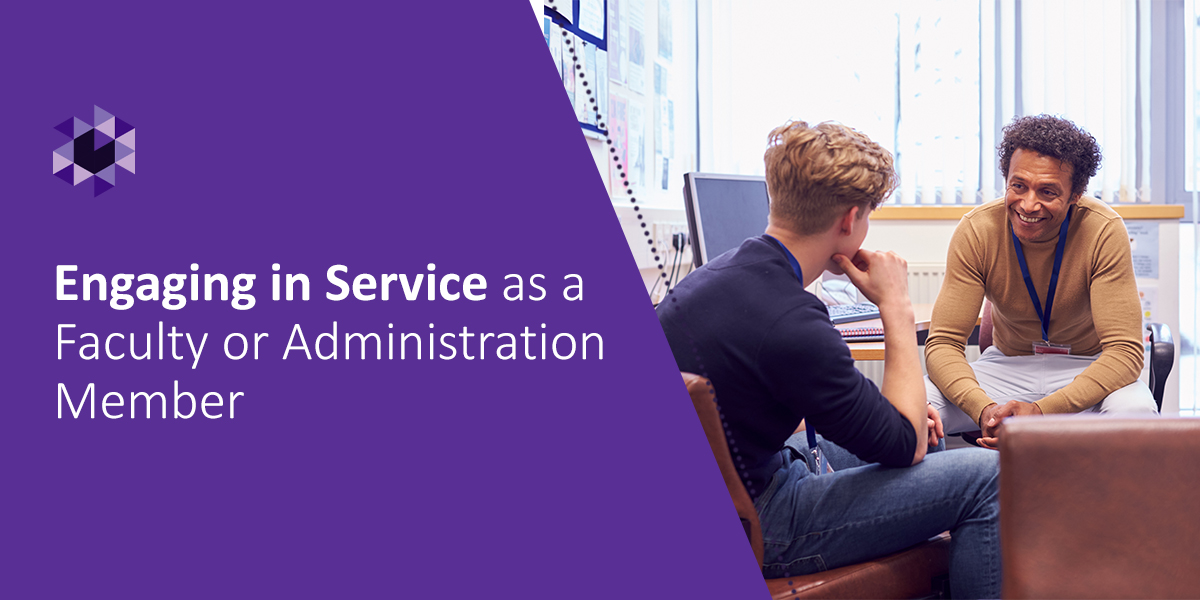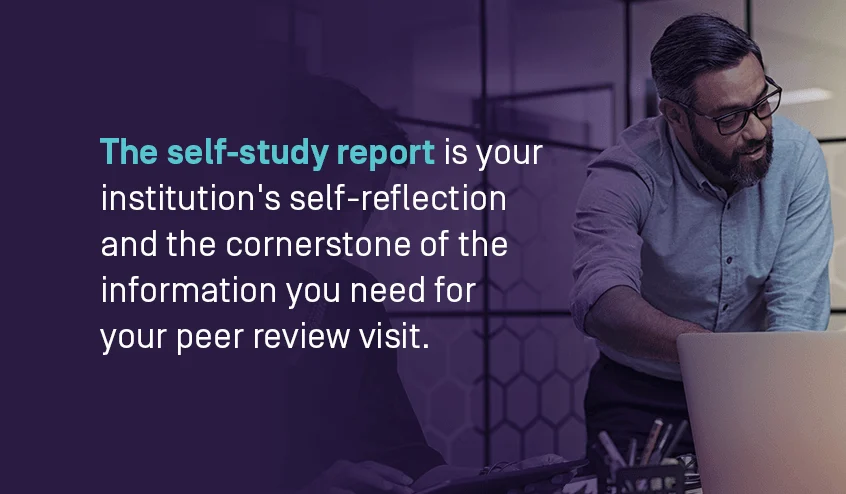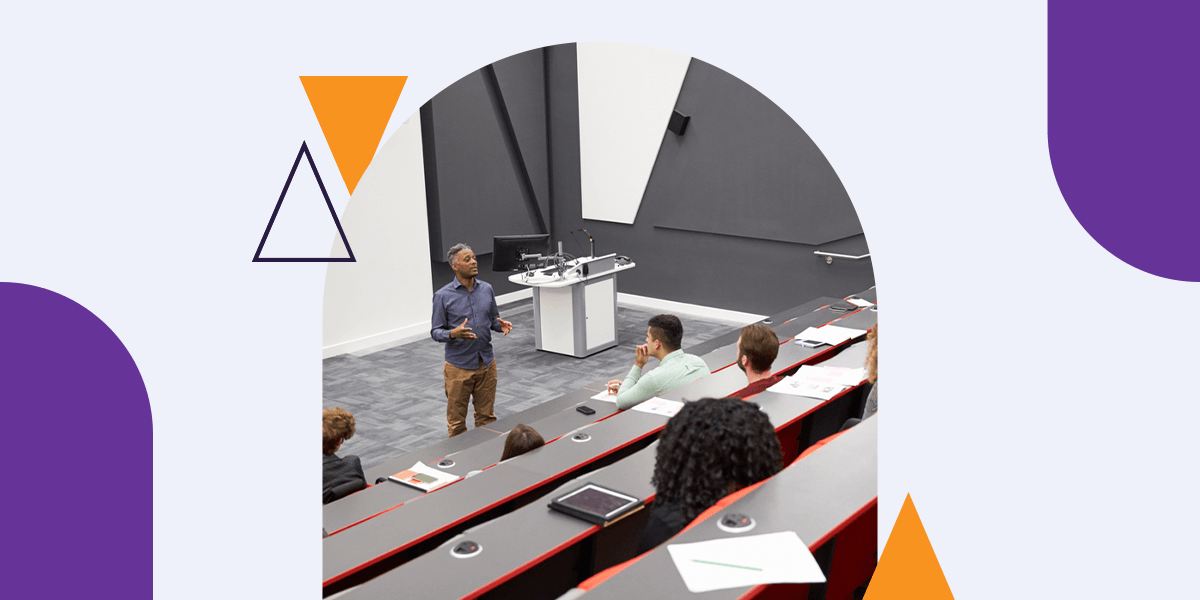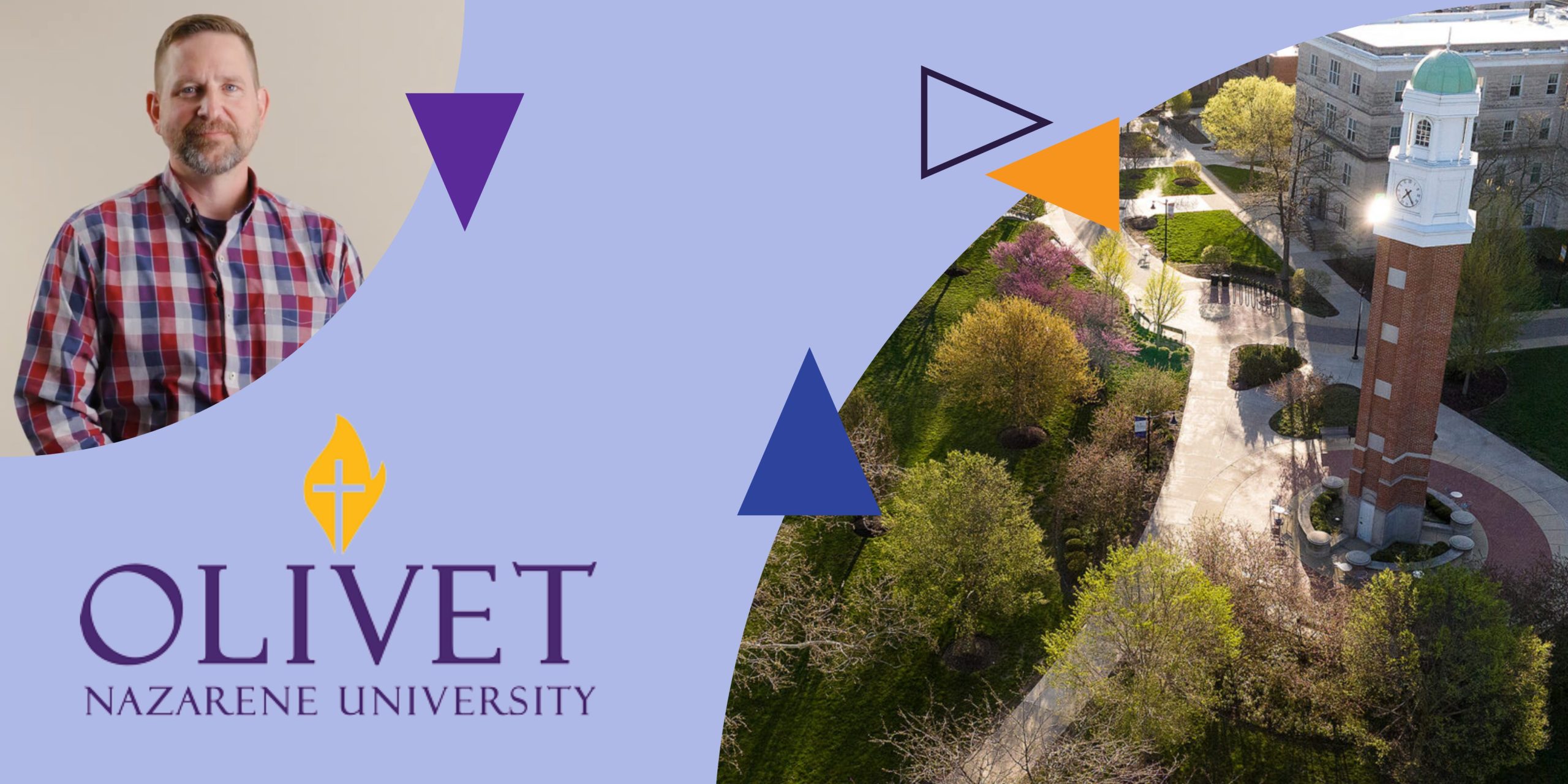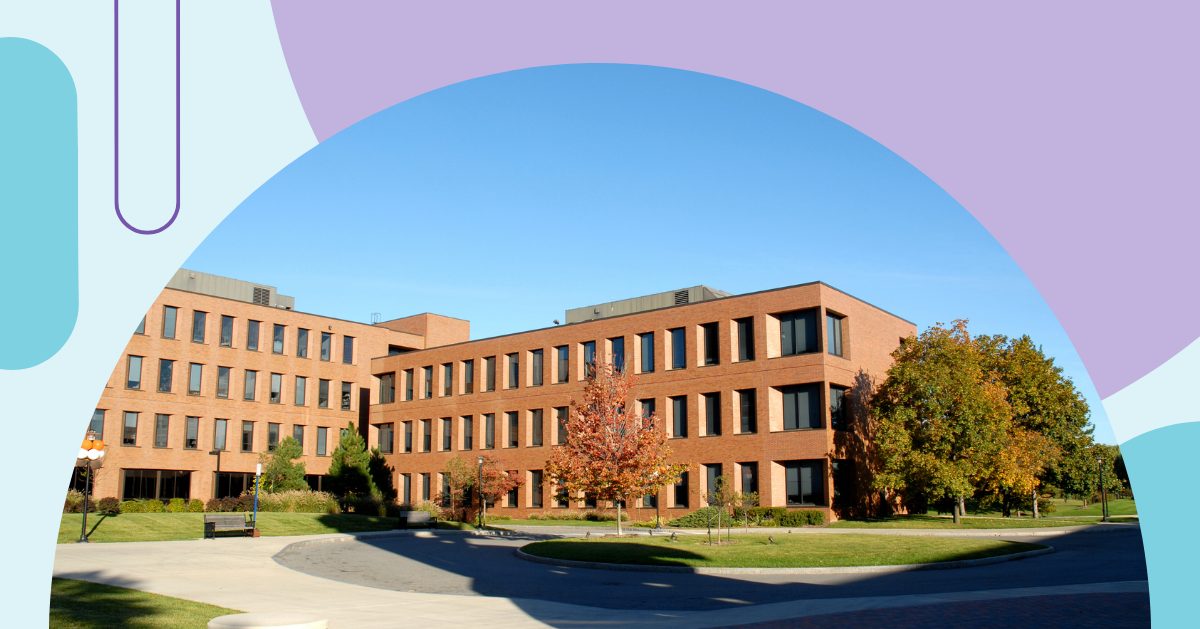
Businesses across all sectors are experiencing a lack of qualified workers, and community colleges must lead the charge to fill these skills gaps. Prospective students from a range of socioeconomic backgrounds trust community colleges to provide the practical, work-ready education they need to meet labor market demand and increase their earning potential. But to fulfill this role, community colleges need to align their curriculum with workforce needs and drive continuous improvement with data-driven insights.
The challenges of skills gaps for community colleges
Skills gaps are mismatches between the competencies employers need and those that students develop through their education. Nine out of 10 students attend community college with an intended career in mind but over half of these students only report knowing somewhat, little, or nothing about the skills that are required to excel in those careers. These numbers point to a need for programs to make stronger connections between the classroom experience and today’s labor market demands.
Given these skills gaps, community colleges face challenges like:
- Attracting and retaining career-minded students who expect a tangible return on their tuition fees.
- Maintaining the trust of employers who depend on graduates to fill their open roles.
- Showing accreditors that your curriculum is relevant and continuously improving.
- Allocating resources to the most impactful areas for long-term student success.
Why aligning curriculum with workforce needs is the solution
Assuming students are engaged and have the support they need to graduate, a community college’s programs and curriculum will determine the skills students gain. The fact that 87 percent of companies report concerns about skills shortages suggests there is plenty of room for institutions to enhance their understanding of labor market demands and align the curriculum with these needs.
Prioritizing curriculum alignment helps community colleges produce work-ready graduates, closing the skills gap and unlocking several other benefits:
- Student satisfaction: Students want credentials with clear value in the job market, and most cite employment factors as primary reasons for enrolling in higher education. By aligning programs with workforce needs, community colleges equip graduates with in-demand skills and knowledge, leading to better job opportunities, higher salaries, and faster career progression. This demonstrates a clear return on investment, helping to attract and retain career-minded students.
- Adaptability and improvement: Once your community college has tools and procedures in place for bridging the gap between workforce needs and your curriculum, taking action becomes an avenue for continuous improvement and allows you to adapt to evolving industry demands.
- Accreditation: Programs can achieve and maintain accreditation by demonstrating that your community college is working to continuously improve in the area of workforce-to-curriculum alignment.
- Funding: A strong track record of preparing students for employment can help attract corporate, private, and government funding.
- Resource efficiency: Knowing the skills employers need and setting workforce readiness as the north star of curriculum improvement can help your institution invest resources where they can deliver the most tangible value to students. This may include acquiring new educational technologies and adopting new teaching methods to create work-based experiences in the classroom and beyond.
- Industry connections: Producing work-ready graduates builds trust with local industry leaders, helping to build connections. This can lead to networking and internship opportunities that further support curriculum alignment with workforce needs.
- Economic growth: Filling the skills gap through curriculum alignment helps to foster economic growth, industry advancements, and local communities that flourish.
How smart faculty and admin tools can help
Community colleges need the right tools and techniques to achieve and maintain this alignment between the curriculum and the needs of the wider workforce. Consider these 10 tips for how faculty and administrators can prepare students for career success.
1. Labor market data analytics for relevant education
Analyzing industry data is the most objective way to ensure your curriculum is relevant. Integrate labor market data with curriculum planning software to understand workforce trends and emerging skill requirements, and how your programs can address them.
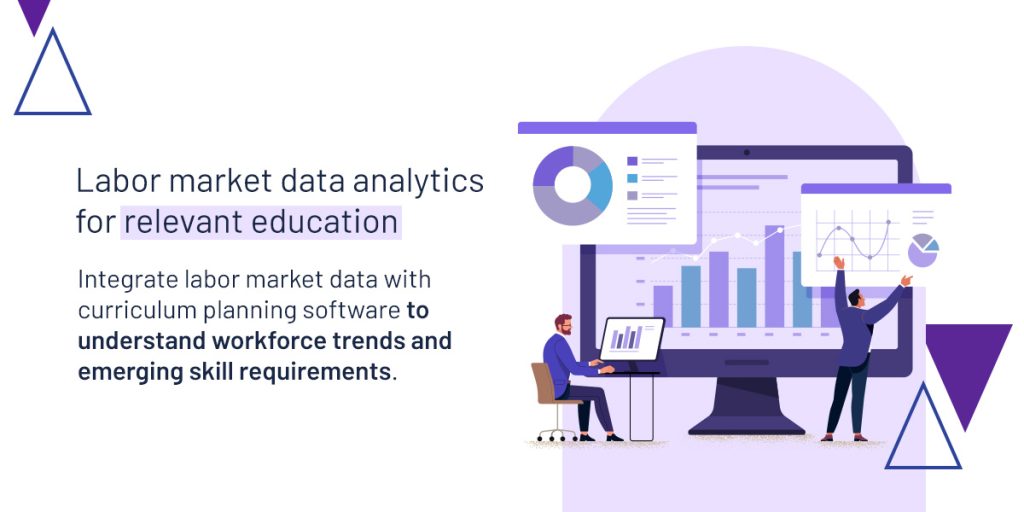
2. Employer engagement
Employers understand the workforce requirements that your community college is training students to meet. Inviting employers to participate in advisory boards, share feedback via surveys, and host faculty externships can provide essential insights for curriculum alignment.
3. Student and alumni surveys
Along with employers, students and alumni have the most at stake in closing the skills gap. Unlock their perspectives with survey questions like:
- For students: Are there any specific skills or topics you feel are missing from the curriculum that would better prepare you for your desired career path? How confident do you feel in your ability to apply the skills you’ve learned in your program to real-world work situations? How satisfied are you with the opportunities for hands-on learning and practical experience within your program?
- For alumni: In your opinion, how well did the curriculum in your program align with the actual demands of your job or career field? What skills, if any, do you need for your career that you wish you had learned or practiced more while in your program?
4. Curriculum gap analysis and mapping
Use curriculum planning software to lay out your desired work-ready competencies and compare your current curriculum to them. This can help you identify curriculum gaps and plan lessons and assessments to fill them.
5. Data-driven program reviews
Monitoring graduate success KPIs is crucial to understanding whether your curriculum alignment efforts are working. Leverage data on graduate outcomes, student performance, and employer feedback to assess program effectiveness.
6. Competency-based education
Competency-based education focuses on demonstrating mastery of key skills rather than moving through a program at a predetermined pace. Student success software can help your faculty create personalized, competency-based learning pathways for students and monitor their progress.
7. Work-based learning
Incorporate practical experience into curriculum through internships and job simulations, allowing students to apply work-ready skills in realistic scenarios. Use student success software to track engagement in these opportunities and how it correlates with student and graduate outcomes.
8. Project-based learning
Engaging students in hands-on, industry-relevant projects helps them develop high-value soft skills like problem-solving, collaboration, and communication. Encourage students to engage in independent thinking about how to solve a real-world problem they could encounter in the workplace.
9. Microcredentials
Offer brief, stackable certifications focused on in-demand competencies, incorporated into a larger program or alongside it. These microcredentials help students demonstrate specific skill mastery, enhancing their job-readiness.
10. Career-minded student support
Career counseling, academic advising, mentorship programs, and personalized success coaching can help students make the choices and develop the habits necessary for post-graduation career success. Look for student success software with predictive and prescriptive analytics to flag at-risk students for early intervention and help them realize their potential.
Prepare your students for career success with Watermark
Community colleges have a vital role to play in closing the skills gap. Aligning curriculum with shifting industry demands requires institution-wide collaboration, practical teaching approaches, and data-driven insights. For smart tools to help prepare your students for career success, explore Watermark’s Educational Impact Suite (EIS).
Our EIS is an innovative higher education software toolkit that makes it easy to:
- Gather feedback on curriculum with Course Evaluations & Surveys.
- Map out curriculum changes with visual workflows in Curriculum Strategy.
- Harness predictive and prescriptive analytics for support and personalized learning pathways with Student Success & Engagement.
- Conduct program reviews based on labor market data with Planning & Self-Study and its Lightcast integration.
Request a free demo of our EIS today and equip your graduates for career excellence.
